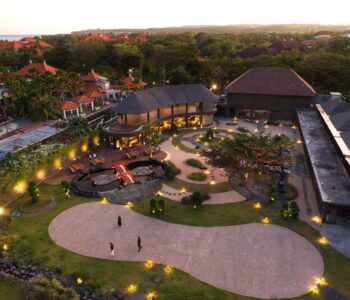Where better to build your understanding of a culture than a museum? Bali is filled with fabulous diversity of museums that each share a different part of the island’s cultural heritage, whether its historical museums or those focused on the arts and crafts, or indeed destinations dedicated to specific cultural subjects. This NOW! Bali curated list aims to provide context to the top museums in Bali, sharing what visitors can expect to see and learn at each destination…
Categorised under ‘History’, ‘Culture’ and ‘Art’, each of the listed museums will offer something unique. One will find more museums in Bali, but those listed here have been vetted by the NOW! Bali team and promise an interesting or engaging experience.
HISTORY MUSEUMS
Bali Museum
Museum Gedong Arca
Museum Buleleng & Gedung Kirtya
Museum Batur Geopark
CULTURE MUSEUMS
SAKA Museum
Samsara Living Museum
Setia Darma House of Masks & Puppets
ART MUSEUMS
Museum Puri Lukisan
ARMA Museum
Museum Pasifika
Le Mayeur
Neka Art Museum
Museum Rudana
Best History Museums in Bali
Bali Museum
Denpasar

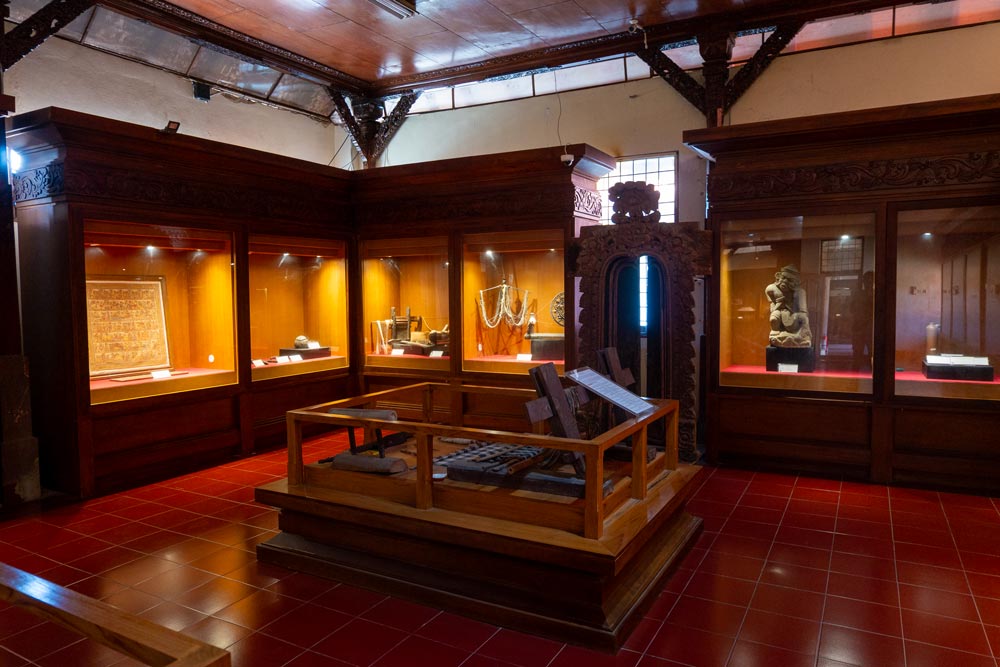
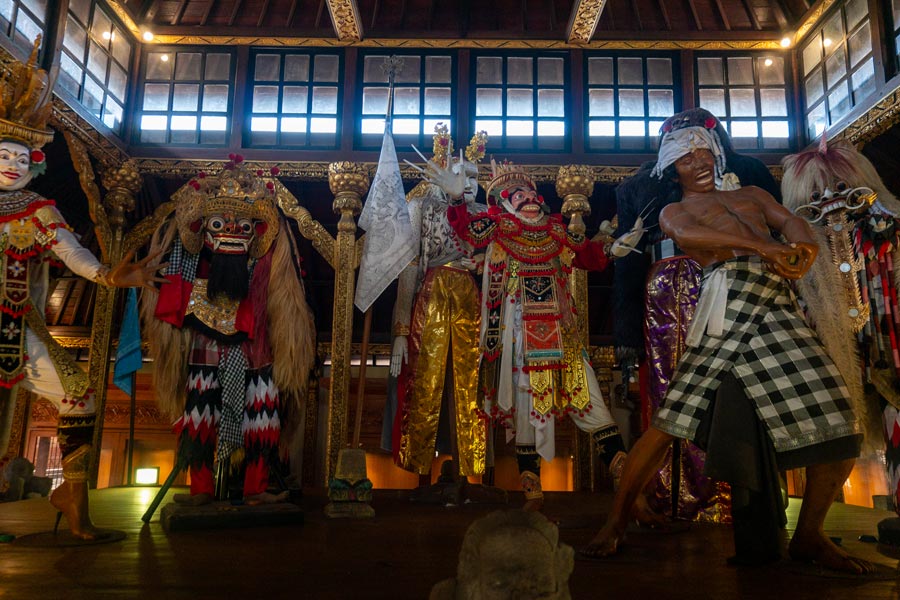
The Bali Museum is located on the east side of Puputan Square, Denpasar. The museum itself is a part of history itself: built in 1931 by a Dutch architect, the museum’s structure aims to showcase traditional Balinese architecture and the classic Balinese compound layout.
Across the four main buildings, visitors are brought through the journey of Bali’s history, starting from the prehistoric era, showcasing archaeological remains from a time to different from the Bali we know and understand today. As you journey through the buildings, visitors will slowly be brought to the Bali of today, as it begins to develop its Hindu identity and showcasing elements of Balinese culture, from rare offerings and textiles, ancient statues and elements of the performing arts.
The Bali Museum provides general context of the island’s history and culture, and is also a great excuse to head into the historic heart of Denpasar, an area rarely visited by international visitors. Read Denpasar: Searching for History in Bali’s Capital City for a history-focused itinerary on the area.
Open Daily from 8am to 4.30pm | Entrance Tickets Range from IDR 30.000 – IDR 100.000
@sahabatmuseumbali
Museum Gedong Arca
Gianyar
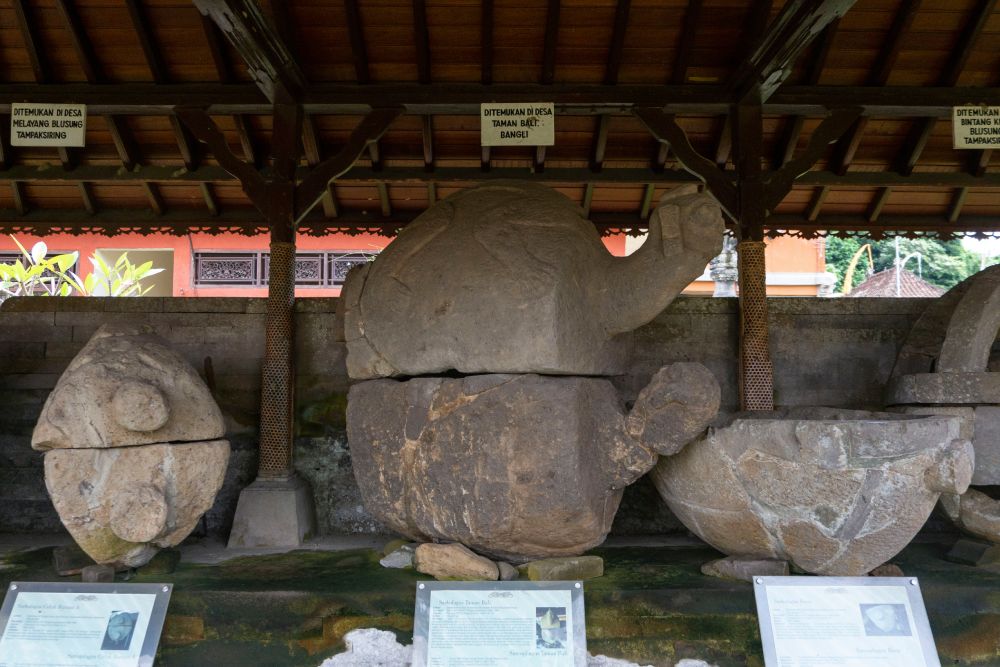
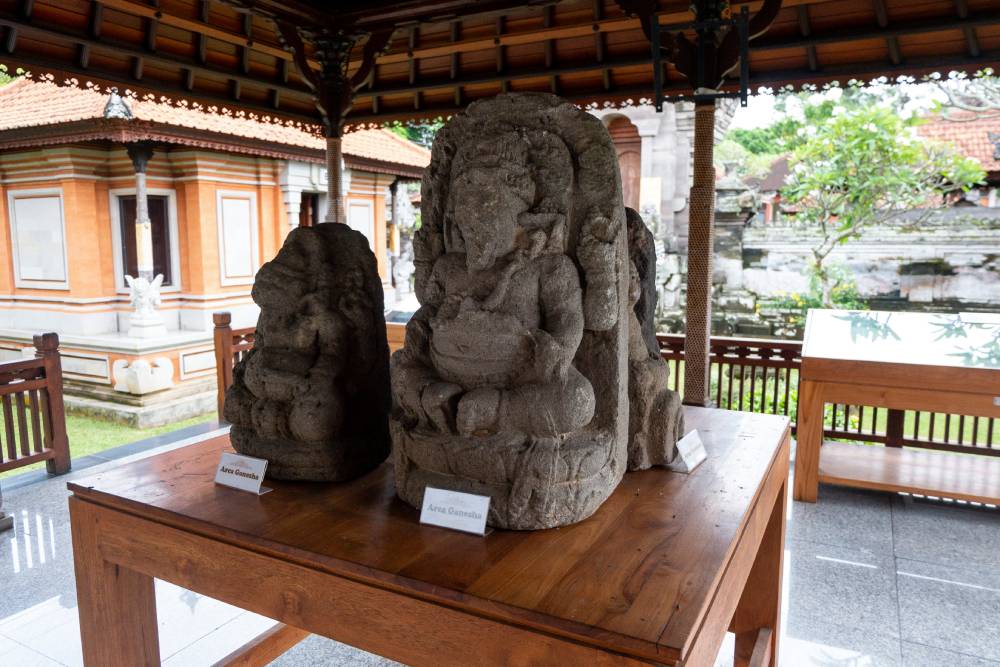

Museum Gedong Arca in Blahbatuh, Gianyar, is a lesser-visited museum that houses ancient artefacts dating back to Bali’s palaeolithic era, including the largest collection of ancient sarcophagi.
The museum was founded in the late 1950s by Indonesian archaeologists of the time. It was built to house the various prehistoric relics and artefacts found in the distant corners of Bali. More than 3,000 pieces are now stored here, organised and displayed in chronological order for visitors to discover a past of Bali that many may not have heard about. This is the focus of this very specialised museum in Bali – also known as Museum Arkeologi.
A series of display rooms and pavilions are dotted around the museum compound, dedicated to different ‘ages’ in Bali’s “prehistoric” years. This includes Bali’s Palaeolithic Age, otherwise known as the Old Stone Age; the Mesolithic Age, otherwise known as the Middle Stone Age, dated to around 20,000 BCE; a more sophisticated Neolithic Age, which marks the arrival of Austronesian peoples to Indonesia from South China – dated between 3,000 to 600 BCE. he next display features evidence of Bali’s Bronze Age: intricate metal relics, from statuettes to earrings, spear tips and coins, dated between 600 BCE to 800 AD.
From stone tools, remains of ceramic pottery, and clues of ancient civilisations – including 50 stone sarcophagi of ancient burial rites – Museum Gedong Arca’s collection of artefacts, and the way it is displayed, helps to open visitors’ understanding of these intriguing periods in Bali’s more distant history. Read our full article Museum Gedong Arca: Clues from Prehistoric Bali.
Open weekdays from 9am to 4pm | Free entry, with local guide available
Location can be found here
Museum Buleleng & Gedung Kirtya
Singaraja
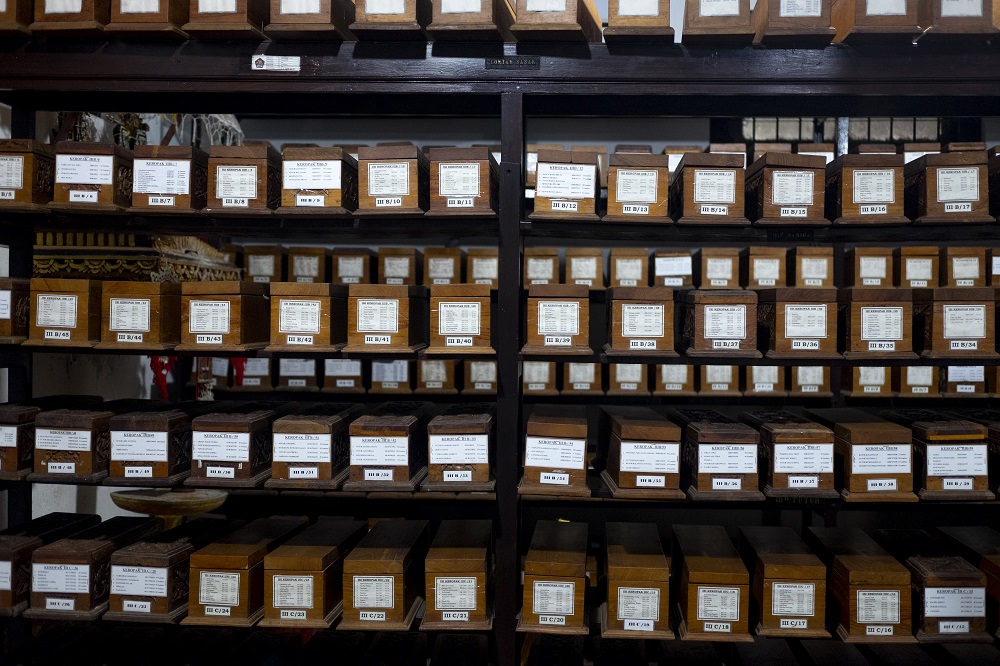
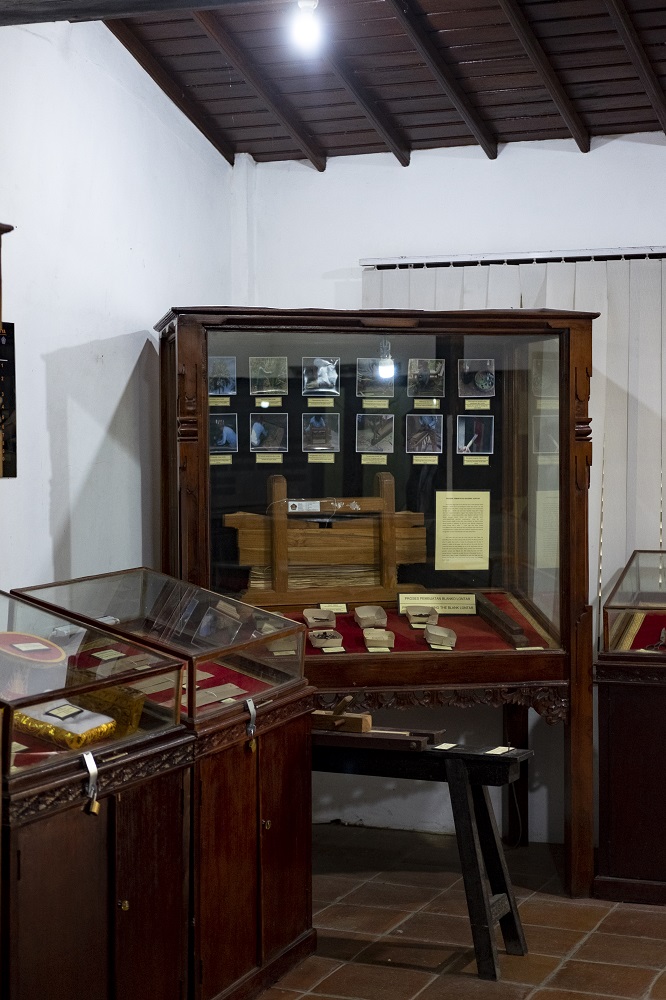
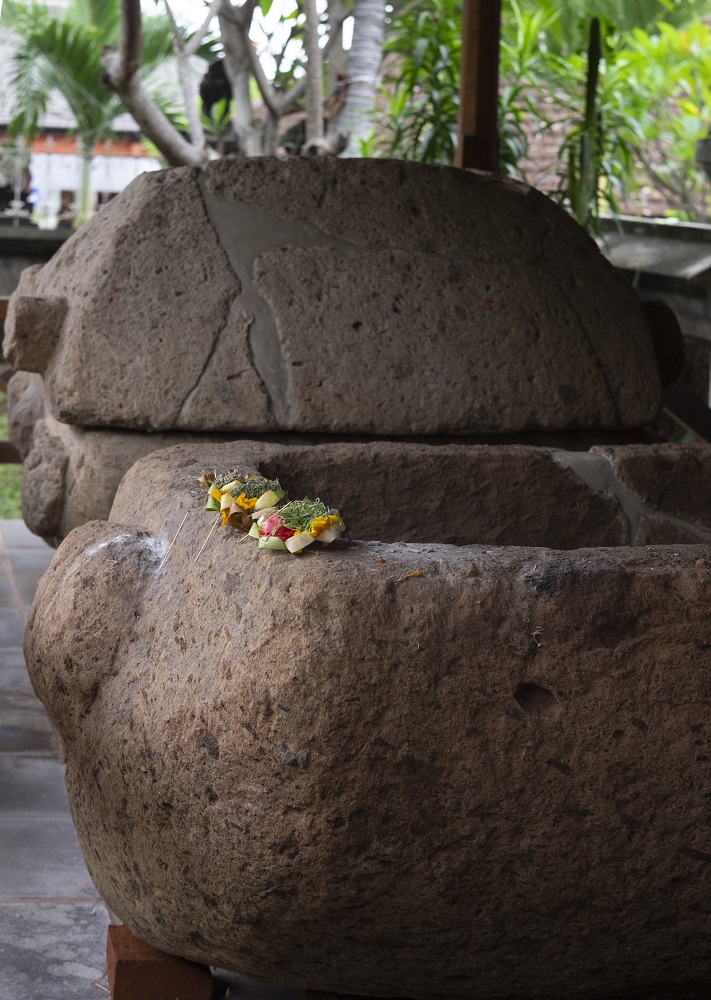
Located in Bali’s historic capital, Singaraja, on the northern regency of Buleleng, Gedong Kirtya and Museum Buleleng, are two museums in Bali that must be visited when in the region. The two buildings are part of the Pura Seni Sasana Budaya Singaraja complex and can be visited at the same time.
Gedong Kirtya is one of the first lontar museums in Bali, a historical institution that preserves a collection of ancient Balinese palm-leaf manuscripts. Established in 1928, the museum was initially built as a library during the Dutch colonial era. Recognising its potential to be a tourist destination, the former regent of Buleleng decided to upgrade it into a full museum in 2008. The museum currently houses over 2,000 ancient lontar, “prasasti” (transcriptions on copper plates), books and manuscripts, which include documents from the colonial period.
Inside the neighbouring Museum Buleleng, which was established in 2001, visitors will discover ancient artefacts including statues, weapons, sarcophagi, personal belongings and family items of the past King of Buleleng, Ki Gusti Anglurah Pandji Sakti. The venue also showcases various donations from the royal family, paintings, fabrics, gold and silver crafts, as well as objects used in the daily life of the locals including farming and fishing tools. Most intriguing are the artefacts of a pre-historic time, dating back to the island’s palaeolithic and neolithic eras, like stone arrowheads and copper pots.
Though perhaps not enough reason alone to travel 3-hours to North Bali, they make for superb additions to a more extended journey. Read our article for the full guide: Explorations in North Bali: From Ancient History to Hot Springs.
Open Weekdays from 8am to 4pm (1pm on Friday) | Entry Fee ranges from IDR 5.000 TO IDR 25.000
Location Can be Found Here
Museum Batur Geopark
Kintamani
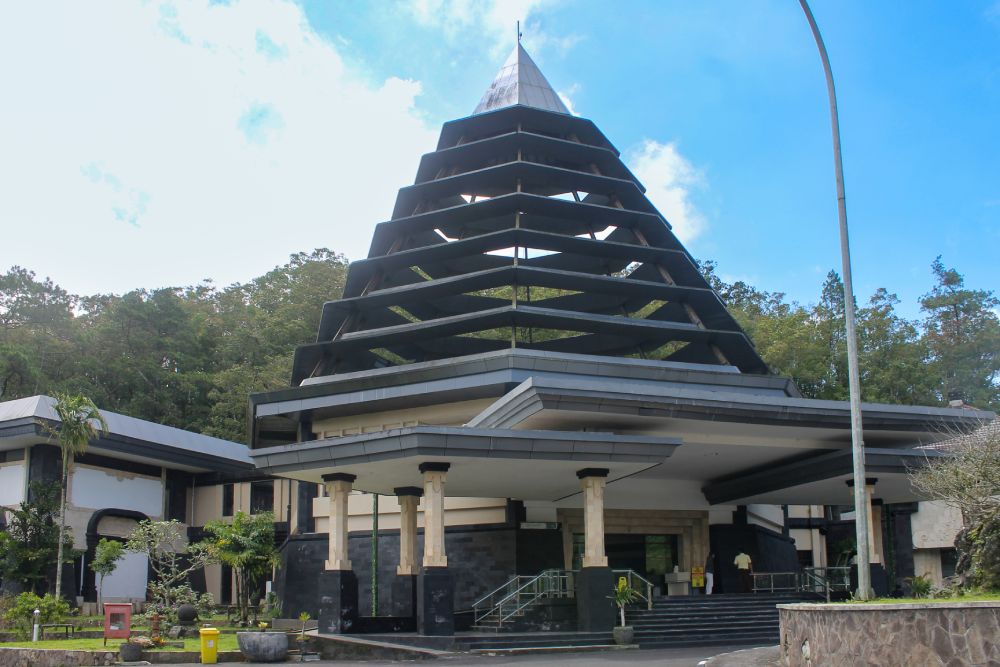
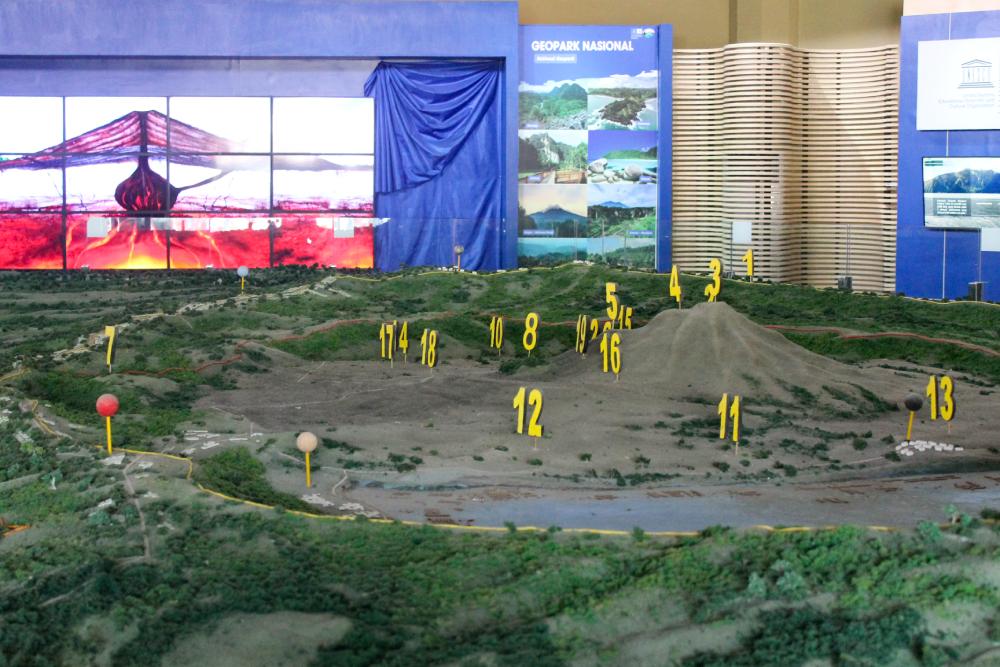
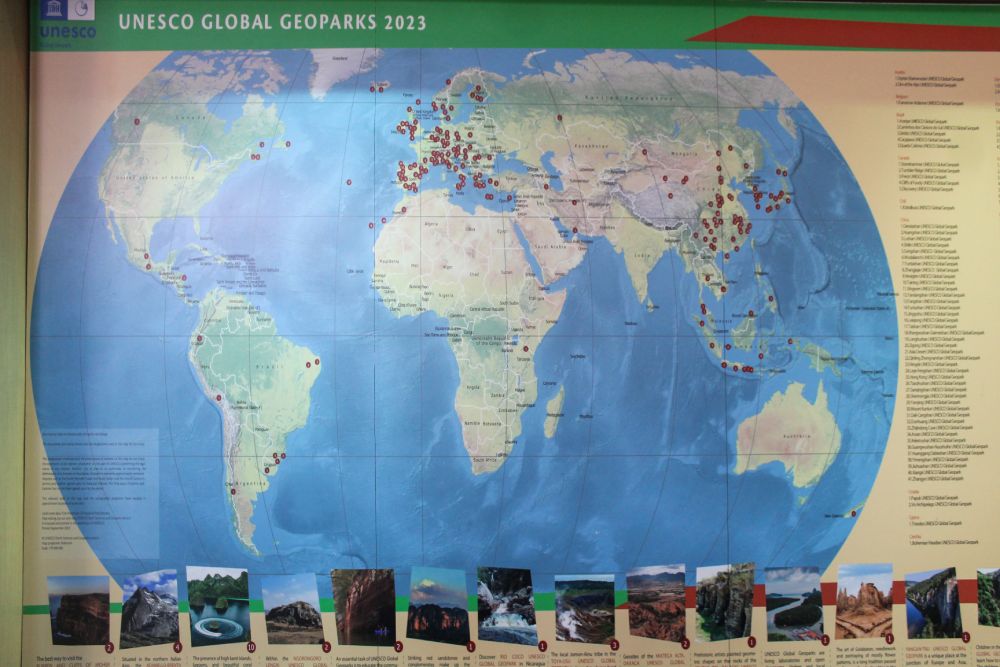
Museum Batur Geopark opens the door to a deeper understanding of the island’s raw geological essence. At the centre of this story stands Mount Batur, not just a viewpoint of the museum, but a point of interest, where the island’s volcanic landscape becomes a focus.
Among the standout features is the geological collection. Volcanic rocks, minerals, and sediment samples line the displays. Visitors learn how tectonic plate movements beneath Indonesia make this region one of the most volcanically active in the world. Detailed models of Mount Batur and its twin peak, Mount Abang, showcase the breathtaking contours of the landscape, including the massive crescent-shaped caldera formed by a prehistoric super-eruption. It’s a visual and educational feast, transforming complex geological concepts into a captivating narrative.
Visitors can trace the mountain’s fiery history through immersive exhibits that explain its regular eruptions, particularly the catastrophic one in 1926 that transformed entire villages. A dramatic video installation brings the eruption to life through archival photos, historical maps, and powerful survivor stories, offering a vivid sense of how local life has been shaped by the volcano’s cycles of destruction and renewal. Read the full visit review here.
Open daily from 8am to 4pm.
+62 36651088 | @geoparkbatur | linktr.ee/GeoparkBatur
Best Culture Museums in Bali
SAKA Museum
Jimbaran
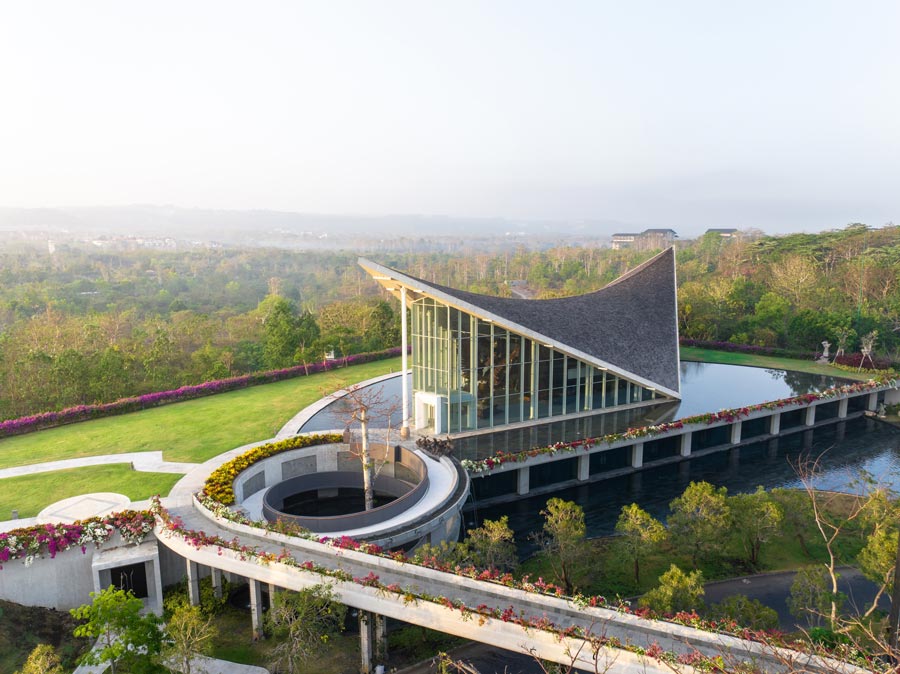
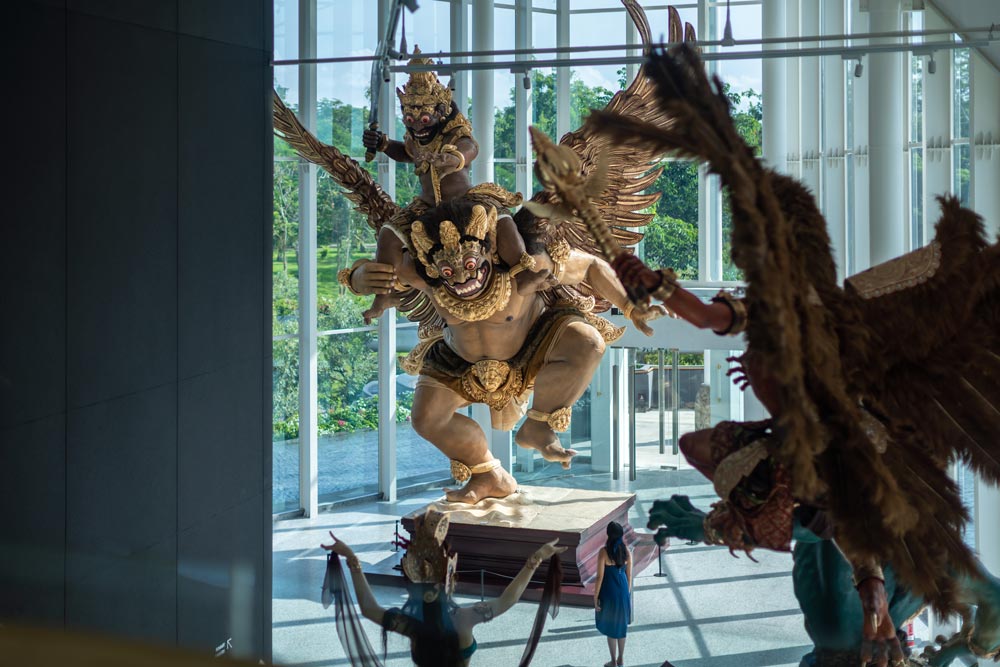
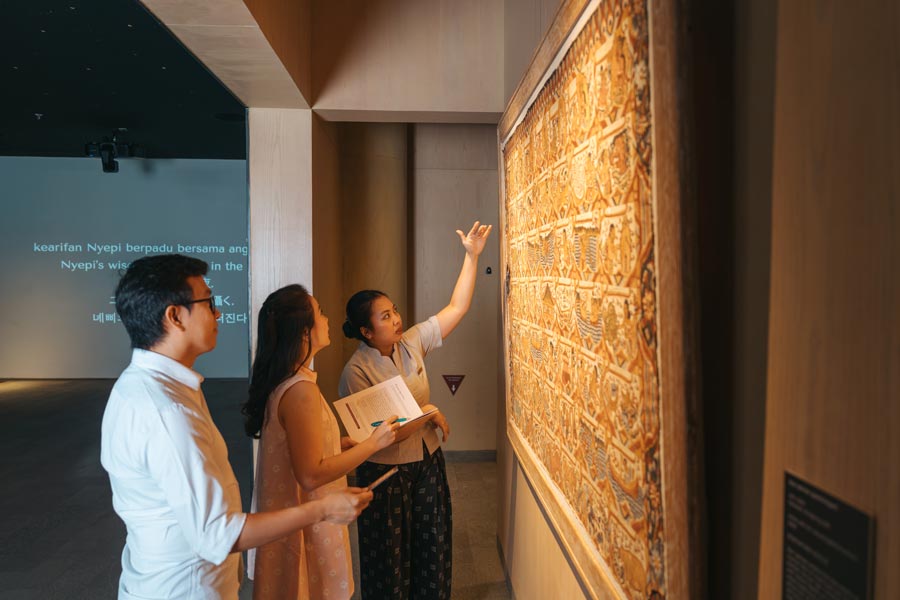
Named after the Balinese solar calendar, SAKA Museum is a cultural destination found within the verdant and expansive AYANA Bali. Set inside an award-winning contemporary building this one-of-a-kind museum welcomes all who are curious to learn about specific aspects of Balinese culture and traditions with their themed exhibitions and displays.
Already named one of TIME Magazine’s World’s Greatest Places 2024, visitors can explore Balinese cultural heritage through four distinct exhibitions. The KASANGA Exhibition invites guests to journey through the four rites related to Bali’s day of silence, or Nyepi: join the procession for the melasti cleansing ritual through artist renditions, walk among the giant demon effigies called ogoh-ogoh, feel Nyepi’s weight of silence through an art-installation, and experience the renewal of the new year. Learn about Bali’s UNESCO-listed rice field irrigation system through the SUBAK: The Ancient Order of Bali, browse ancient artefacts and rare pieces at the Panca Maha Bhuta heritage gallery; and dive head-first into the multimedia experience of the Twilight Journey, simulating Nyepi’s silent nights.
Guests will also find the SAKA Knowledge Center, featuring historic archives, a vast collection of books on Bali and displays of ancient tika timekeepers and lontar manuscripts; the SAKA Auditorium where series of short films are shown, including the the SAKA-made film on Nyepi; a Palelintangan, a Balinese star calendar, which provides interpretations of one’s star sign (lintang). An art-focused gift shop and museum café are also found within the museum building.
Read the full feature on SAKA Museum here.
Open daily from 10am to 6pm. Entry Fee: IDR 200,000 (adults), IDR 100,000 (children)
Tickets are available online: @sakamuseum | sakamuseum.org
Samsara Living Museum
Karangasem

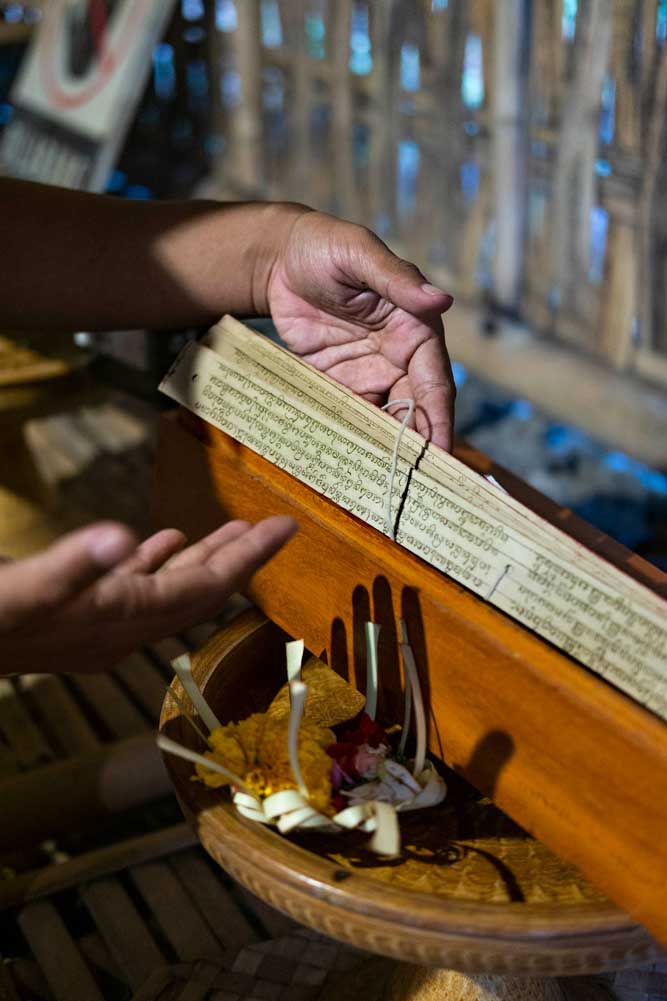
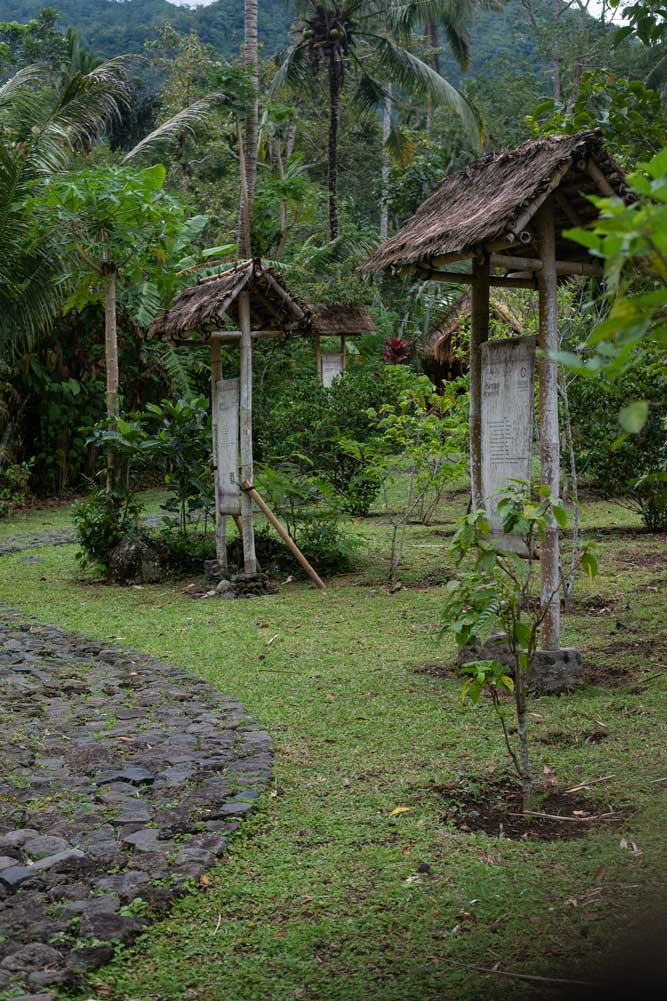
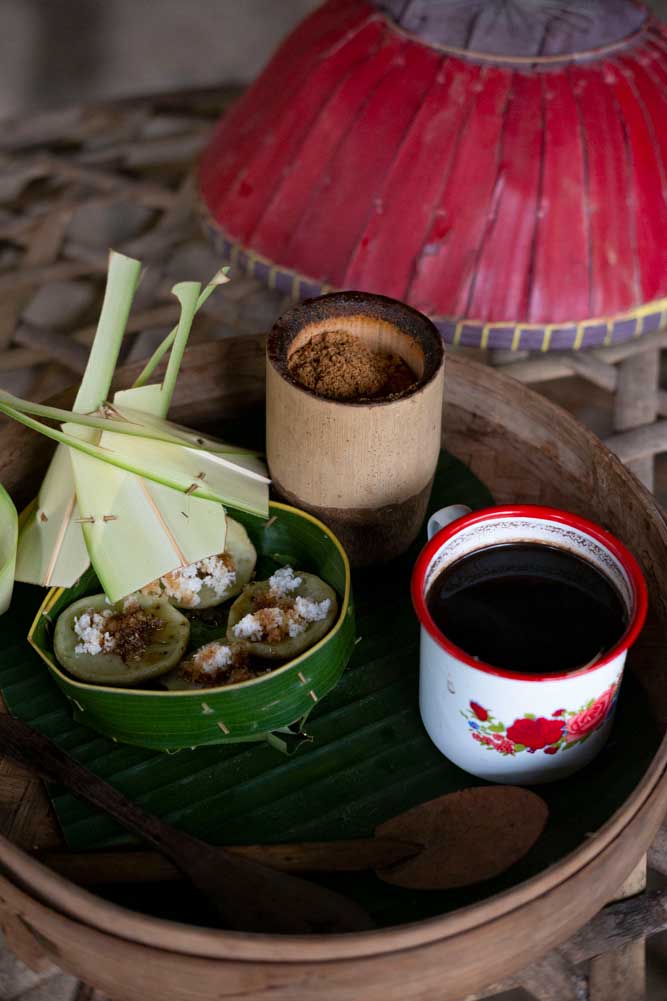
Tucked away in the serene village of Jungutan in East Bali, Samsara Living Museum brings to life the Balinese Hindu concept of samsara—the cyclical nature of life, from birth to death and rebirth.
The museum was created as part of a community-based initiative to preserve and promote local culture. Through a guided path across its verdant grounds, visitors are introduced to the rituals and ceremonies that mark each stage of life, all presented within carefully constructed pavilions that reflect traditional village architecture. Earth walls, stone gates, and woven roofs made from local materials set the scene for a genuine encounter with heritage, far from the commercial trappings of mass tourism.
The experience at Samsara is not limited to observation; guests are invited to participate in a range of cultural activities led by local community members. From crafting offerings and preparing traditional food and drink, to joining in song and dance or engaging with village artisans, every aspect is rooted in the lived practices of the surrounding community. This is what makes it one of the most unique museums in Bali, as traditions are seen and experienced, not only observed.
The museum’s mission is also to empower locals, particularly younger generations, through sustainable tourism that honours their ancestral knowledge. Read our full experience review here.
Open daily from 9AM to 4PM. Museum visits are IDR 100.000 per person, with additional activities and workshops available (booked in advance).
@samsaralivingmuseum samsarabali.com
Setia Darma House of Masks and Puppets
Mas Village, Ubud
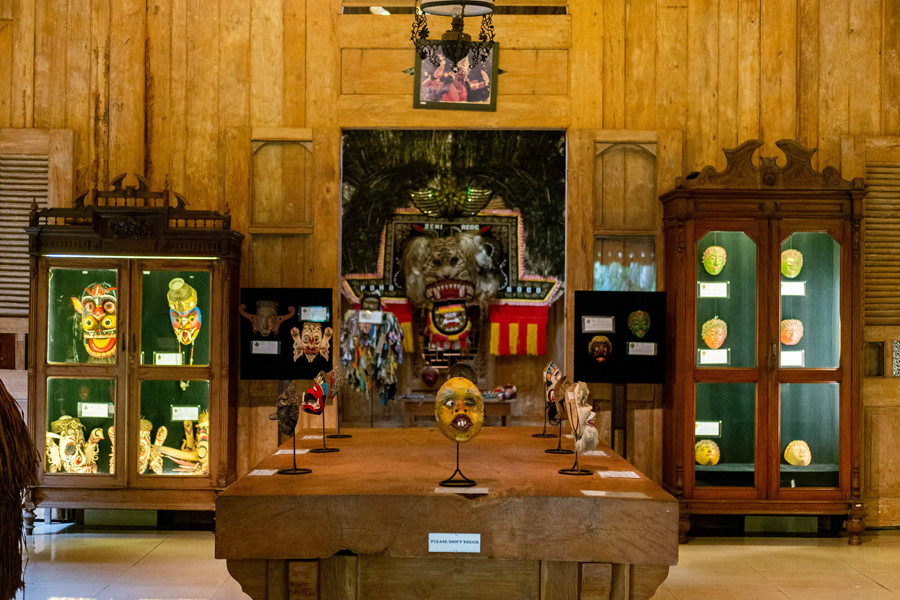
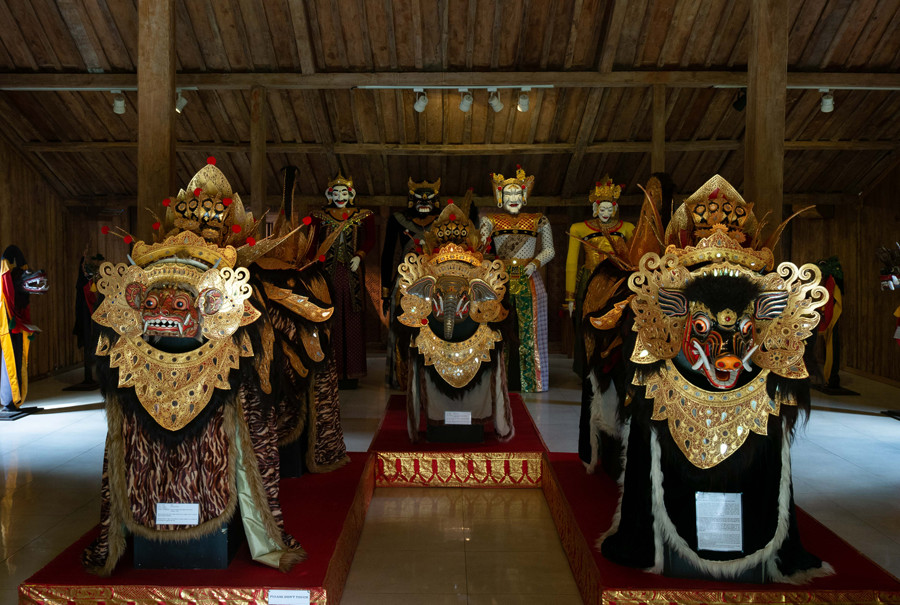
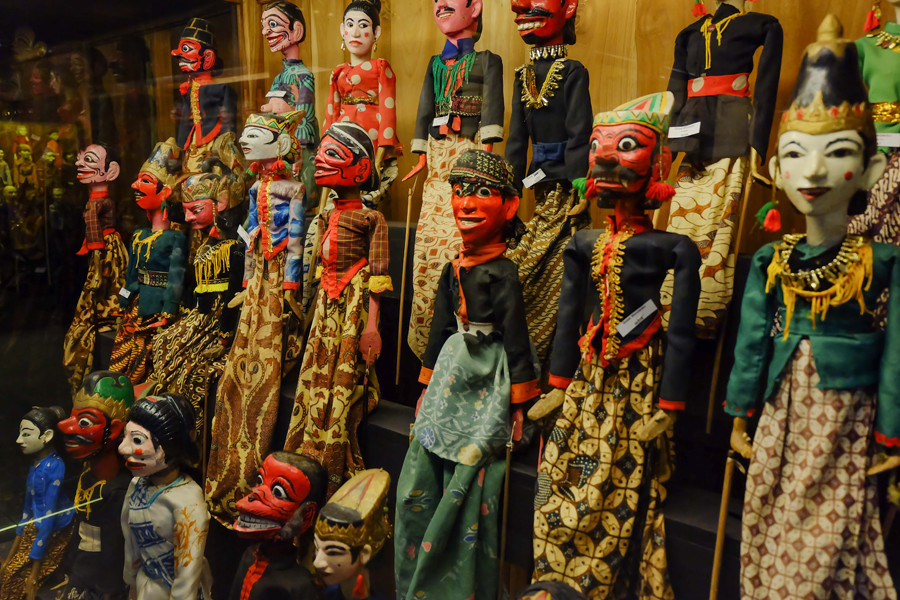
Established in 2006, Setia Darma House of Masks and Puppets keeps various kinds of masks and puppets from different regions of Indonesia and around the world. Covering more than 1 hectare of land in Ubud, this area is surrounded with paddy landscapes, tropical gardens and traditional Balinese villages. The outdoor area of the exhibition space is available for hire and suitable for performances, training, group outings and filming.
There are more than 1,300 masks and 5,700 puppets, including intricate wayang kulit, leather characters for shadow puppetry, wayang golek (wooden puppets), masks for dances. The masks are collected from Indonesia, Africa, and Japan, while the puppets are from Indonesia, China, Malaysia, Thailand, Myanmar, and Cambodia. Every mask has a story behind it. Some of the masks portray the real spirit of Bali’s courageous and flamboyant character.
www.masksandpuppets.com
Best Art Museums in Bali
Museum Puri Lukisan
Ubud
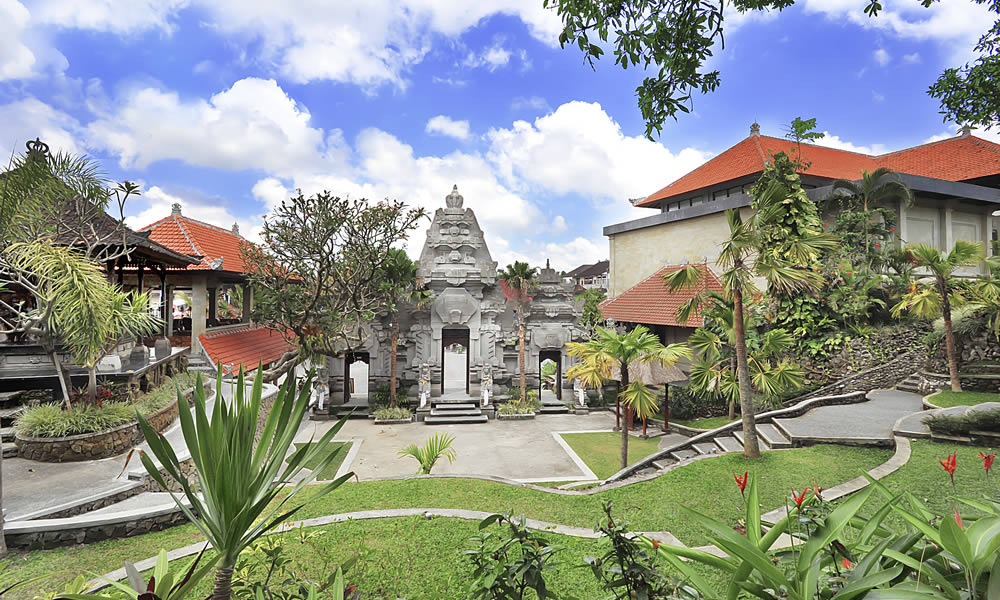
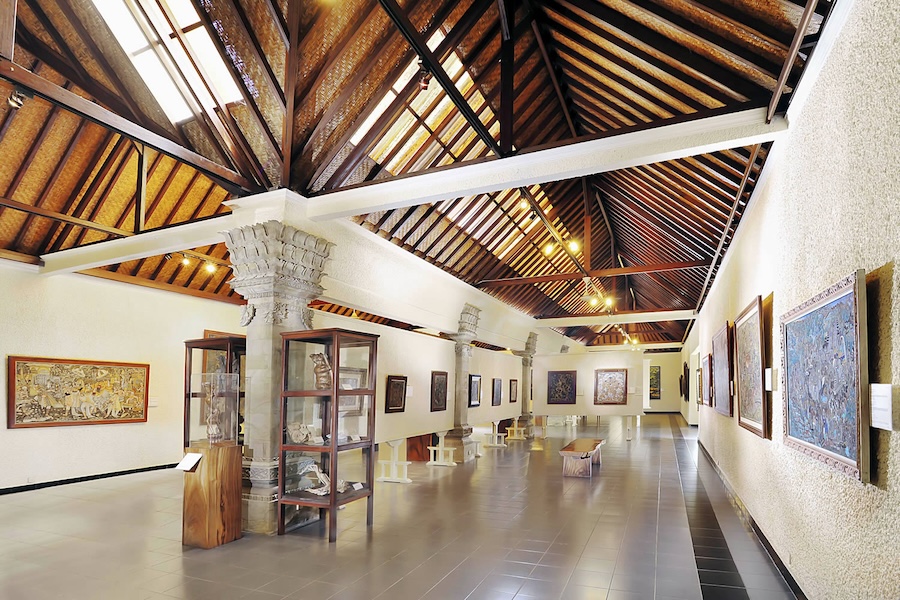

Established in 1956, Museum Puri Lukisan is the oldest art museum in Bali, dedicated to preserving and celebrating the island’s artistic heritage. Its collection spans traditional and modern Balinese paintings and woodcarvings, offering visitors a rich visual narrative of cultural evolution. The museum’s origins date back to 1936, when the Pita Maha art movement was formed by Ubud’s royal family—Tjokorde Gede Agung Sukawati and his brother Tjokorde Gede Raka Sukawati—alongside Balinese master I Gusti Nyoman Lempad, and European artists Walter Spies and Rudolf Bonnet. Together, they sought to nurture local talent and elevate Balinese art to global recognition.
Housed within serene tropical gardens in the heart of Ubud, the museum not only showcases its impressive permanent collection but also curates exhibitions that explore the deep interconnection between Balinese art, history, and identity. Through its galleries, Museum Puri Lukisan tells the story of Ubud’s transformation into a cultural capital—shaped in large part by the vision and collaboration of these pioneering figures.
Discover the history of Ubud, including Puri Lukisan, through this Special Walking Tour.
Open daily from 9am to 8pm. Entry Fee IDR 95,000 per adults (Under 15 YO free)
purilukisanmuseum.com
Agung Rai Museum of Art (ARMA)
Ubud
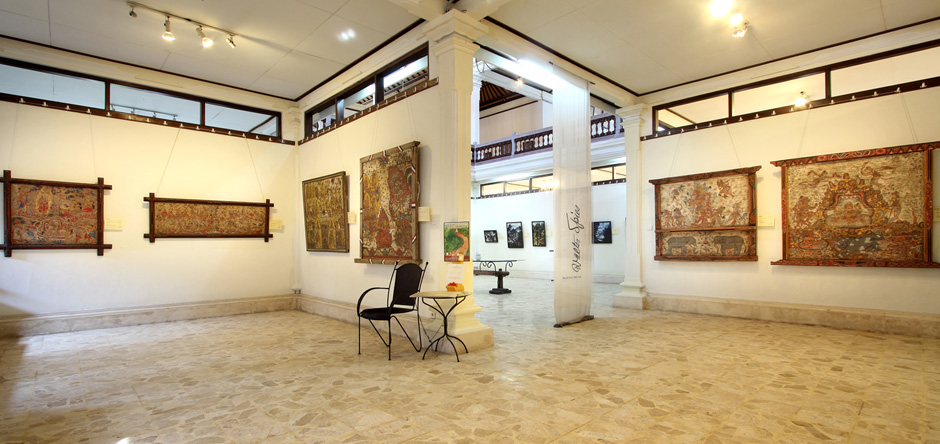
Founded in 1996 by Agung Rai, a Balinese who is committed to preserving and developing Balinese art and culture, this museum is not just a place that has collected and preserved artworks but is also here to develop the art of painting, sculpture, dance, music and other cultural art forms. They provide the infrastructure for the surrounding neighbourhoods to learn those artistic skills. Existing as more than just a museum, ARMA allows you to enjoy the special exhibitions, theatre performances, dances, music and painting classes, a bookshop, library and reading room, cultural workshops, conferences, seminars and training programmes.
The painting collection at ARMA ranges from traditional to contemporary, including the classical Kamasan Collection on tree bark, masterpieces by Batuan artists of the 30s and 40s, and the only available works to be seen on the island from 19th century Javanese artist Raden Saleh and Syarif Bustaman. The displayed collection of foreign artists who made a contribution to the development of Balinese arts is also available inside the museum. ARMA is one of the best museums in Bali to see the chronological development of art in Bali, from traditional pieces, influences to contemporary forms. The most popular pieces are the works by Balinese masters I Gusti Nyoman Lempad, Ida Bagus Made, Anak Agung Gede Sobrat and I Gusti Made Deblog. This is not just a regular one of the museums in Bali , it is a walk through Bali’s art history.
+62 361 976659 www.armabali.com
Museum Pasifika
Nusa Dua
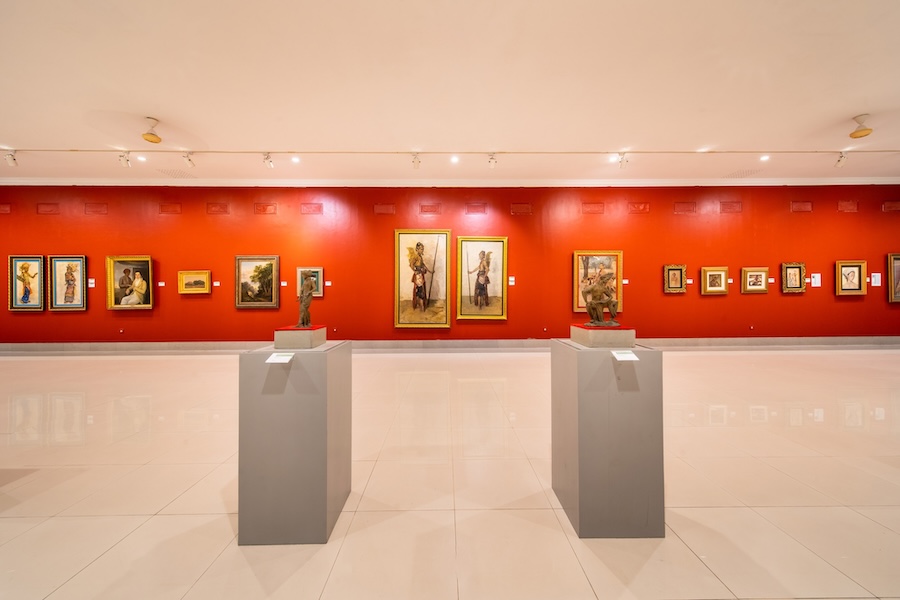
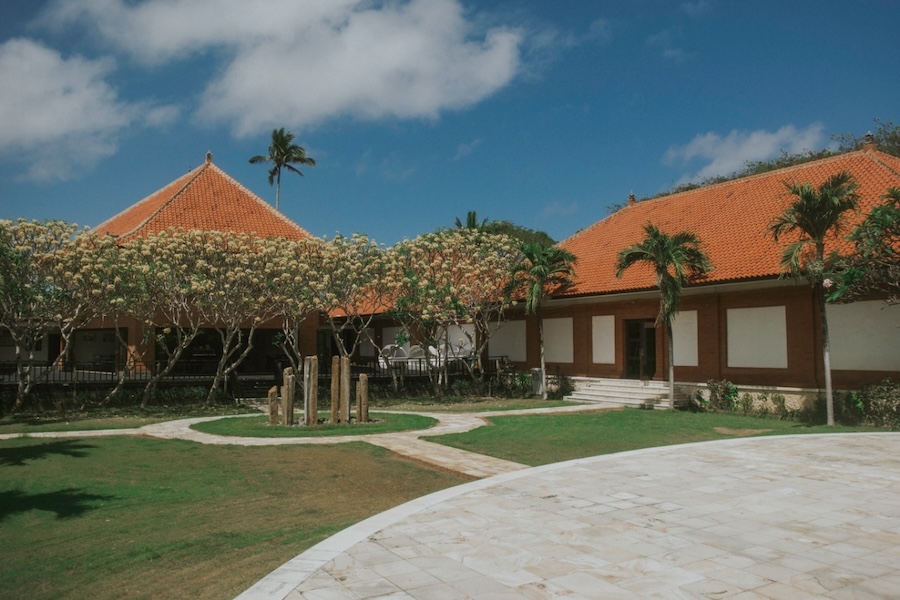

Museum Pasifika in Nusa Dua is a quiet cultural retreat set within the lush ITDC complex, showcasing an expansive collection of art from across Asia and the Pacific. Opened in 2006 and designed by Balinese architect Popo Danes, the museum houses over 600 works by around 200 artists from 25 countries, spanning themes from Indonesian masters and Indo-European painters to Polynesian artifacts and Pacific Island bark cloths. Notable artists include Raden Saleh, Affandi, Jean Le Mayeur, and Paul Gauguin.
Visitors explore eleven curated rooms with the aid of an optional audio guide, gaining insight into cultural crosscurrents and colonial-era depictions of the region. Open daily, the museum offers a peaceful, air-conditioned environment with a garden café and a small gift shop. It stands out as one of Bali’s more contemplative attractions, offering a thoughtful encounter with Asia-Pacific heritage in the heart of Nusa Dua.
Le Mayeur
Sanur
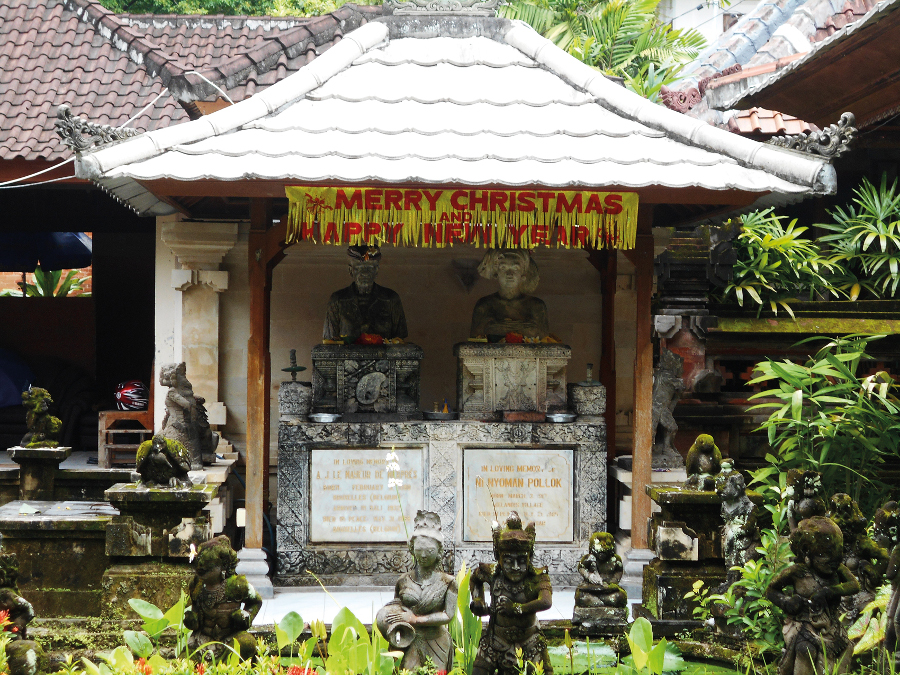
Le Mayeur Museum used to be the home of the painter himself, Adrien-Jean Le Mayeur de Merpres. Facing directly to Sanur Beach, this memorial museum is a great example of Balinese architecture with elegant window shutters depicting the story from Ramayana. There are five rooms in this house, and each of the rooms tell a story about the love of his life, Ni Pollok. The museum helps bring to life this love story with inanimate objects preserved for everyone to view. Original antique furniture, photographs from the past and a great collection of stone and wood carvings add that extra touch to this museum. From family home to one of the most famous museums in Bali , quite a transformation.
Collections:
When you walk through each room, you will understand the love and dedication of Le Mayeur for arts and women. There is a studio room, study room, reading room, multiple bedrooms and Ni Pollok’s vanity room. Some of his famous collections are; By the Lotus Pond, Girls on Beach, Garden at Sanur, Women Around the Lotus Pond, Temple Festival in Bali, and many more. But, of course, the popular one among those is the Ni Pollok collection. Le Mayeur’s paintings of Bali are mostly depictions of everyday life. Here at Le Mayeur, not only does the building display a piece of history, the building itself is part of the history.
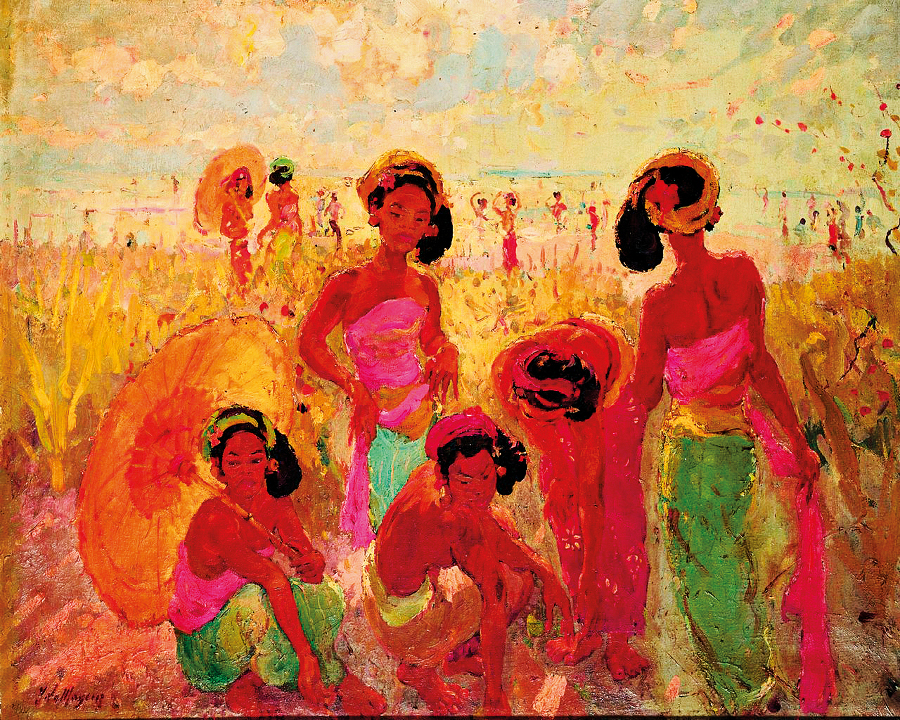
Le Mayeur
Address : Jalan Hang Tuah, Sanur Kaja, South Denpasar
Telephone : +62 361 286201
Neka Art Museum
This museum in Ubud, Neka Art Museum, was built in 1976. It houses many art pieces where you can learn about the development of Bali’s visual arts. The collections are spread out into different pavilions inside the museum. The museum was founded by Pande Wayan Suteja Neka, whom the museum is named after.
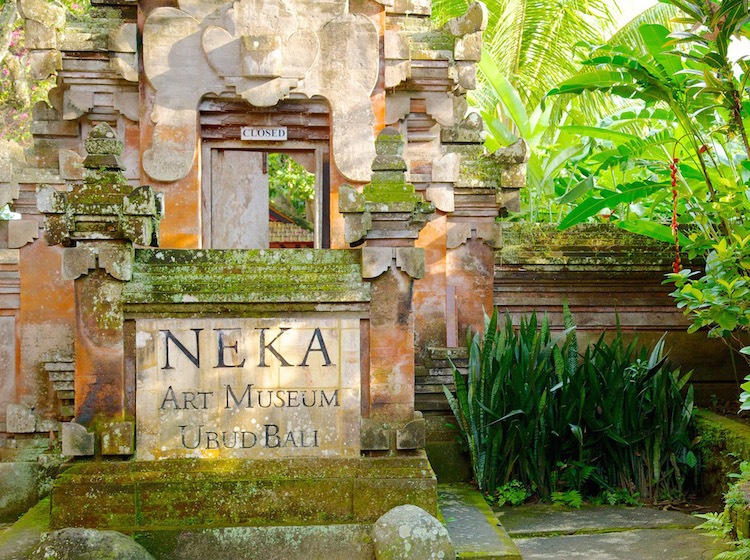
Collections:
The Lempad Pavilion is built in honour of a late Balinese sculptor and architect, I Gusti Nyoman Lempad. This area is filled with his unique styles of painting. The Arie Smit Pavilion was set up in admiration of Adrianus Wilhelmus Smit, a Dutch-born Indonesian painter who developed arts in Ubud. The pavilion consists of two floors, the first displaying the works of young artists who were inspired by Smit, while the second floor features the works of Smit in various themes. The Contemporary Indonesian Art Hall Pavilion has paintings by artists from other parts of Indonesia, including stunning works by the late Affandi. There is also a pavilion dedicated to photography. Here, you can find documentation of black-and-white photos since the 30s taken by Robert Koke (one of the earliest expatriates in Bali).
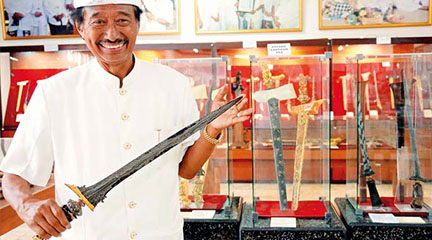
Neka is not only one of Bali’s best museums for art, it also features a traditional keris dagger collection in one of the pavilions. As this is the founder’s own passion, he managed to collect 272 curved daggers throughout the half-century of his lifetime. Many people come to this museum bringing old and new keris to be examined by Neka.
Neka Art Museum
Address : Jalan Raya Sanggingan Campuhan, Kedewatan, Ubud, Gianyar
Telephone : +62 361 975074
Website : www.museumneka.com
Rudana
Nestled in a beautiful Balinese architectural layout, Rudana Museum incorporates the human devotion to God. Each building within this museum has symbols associated with this devotion. This museum employs a spatial structure that embeds the concept of Tri Hita Karana. You can enjoy the expansive green gardens and rice fields that surround the building. The fragrant tropical trees and flowers make this place exude serenity. The museum is divided into several compounds and each structure a collection of a different styles.
Collections:
Rudana is one of the best contemporary art galleries and museums in Bali , home to a vast collection of artworks done by famous local and international painters. From traditional to modern, naturalism to abstract, you will see the differences between the classical Balinese arts from the contemporary paintings that have been influenced by the Western concepts.
Not just limited to paintings, this museum also stores high-value carvings and statues, such as Prasasti Panca Tan Matra, Prasasti Angkus Prana, Sapta Rsi Statue, Ganesha Statue, Peace & Prosperity Statue and Gajah Nusantara Statue. These artworks are considered high value because they are very rare and unmatched by others.
+62 361 975779
Website : www.museumrudana.org
Visiting the art museums in Bali gives you a look into the island’s past, but by visiting one of the island’s contemporary art spaces, you can witness the most current pulse of Bali’s art landscape.





